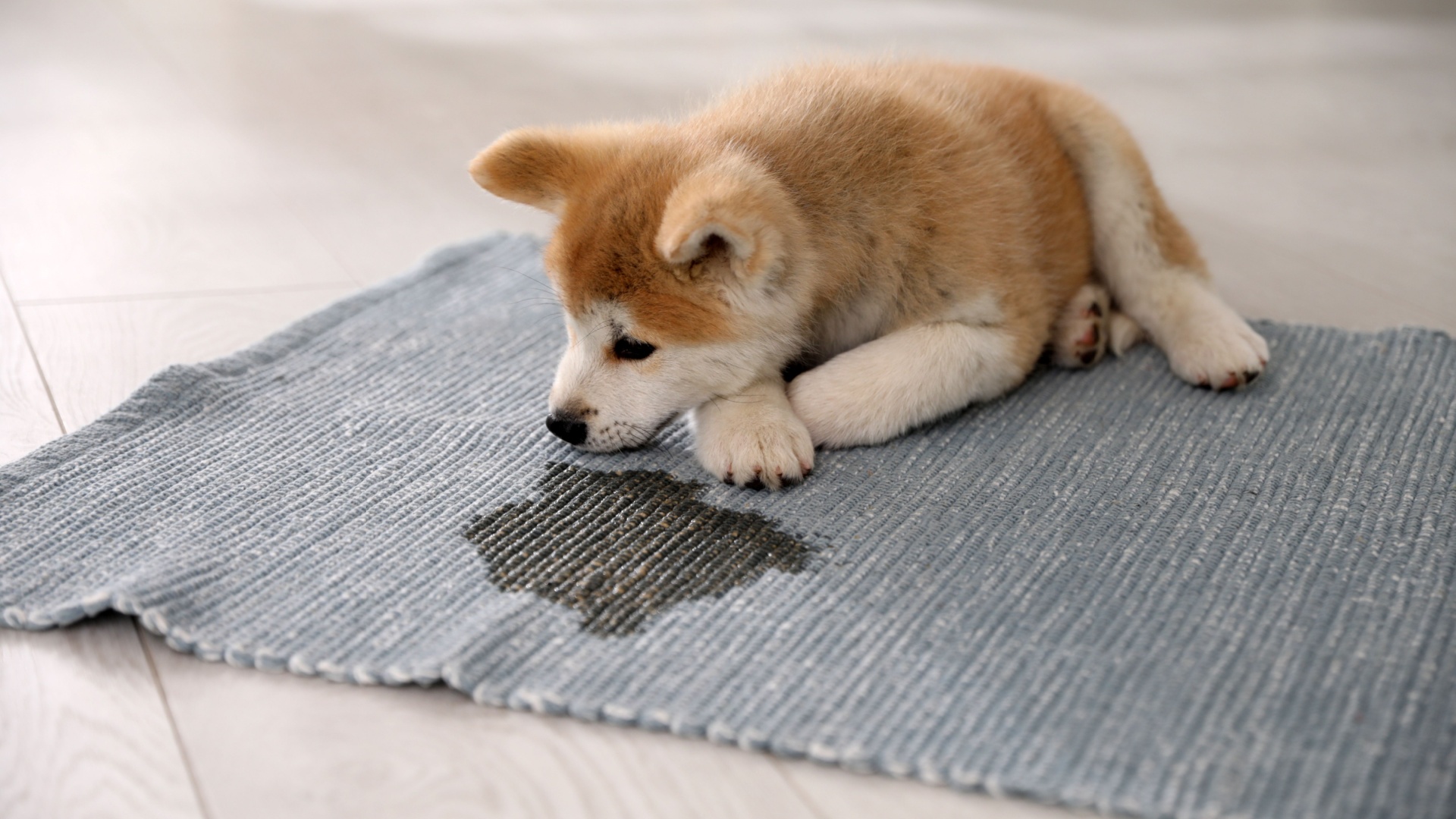Dealing with a dog that pees indoors can be a frustrating challenge for any pet owner. However, there are several effective strategies to help prevent this behavior, allowing you to maintain a cleaner home and a happier pet.
Below, we’ll explore some practical tips that can guide you in teaching your dog to keep the indoors accident-free.
1. Establish A Routine
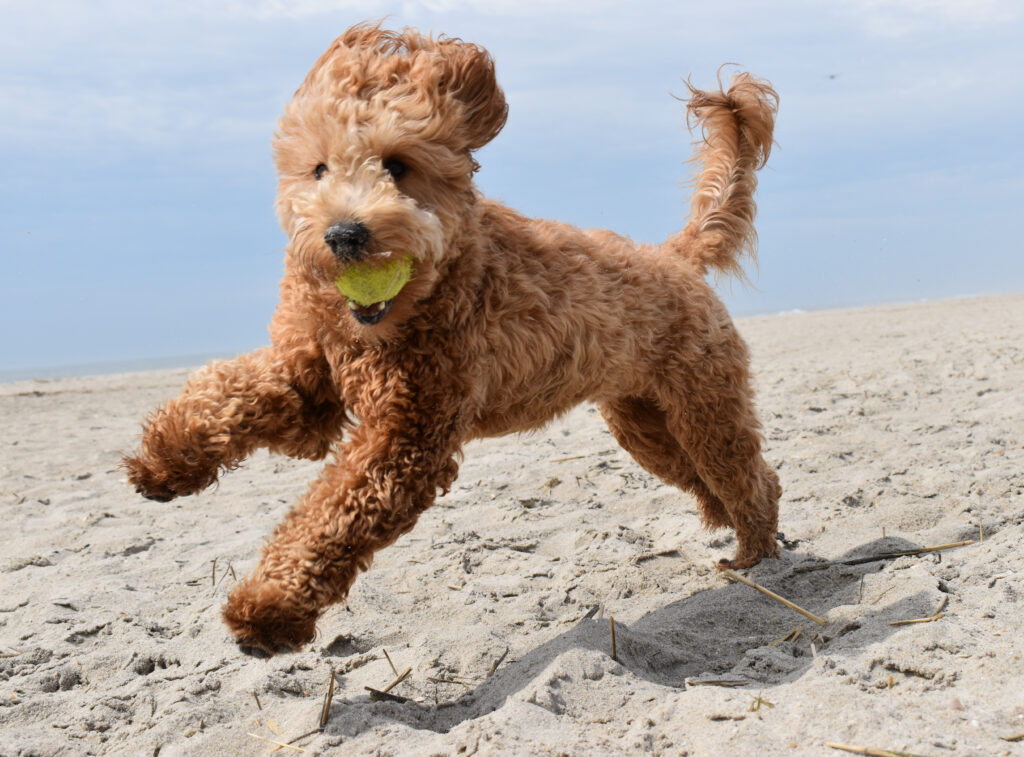
Creating a consistent routine is vital for your dog’s bathroom habits. Dogs thrive on predictability, so feeding, walking, and potty times should be set at the same times each day.
This helps your dog understand when it’s time to relieve themselves. Adjust the schedule according to your dog’s age and health.
Puppies and older dogs might require more frequent outings. Pay attention to their signals, such as sniffing or circling.
Providing regular bathroom breaks reduces the likelihood of indoor accidents. A well-established routine also aids in anticipating your dog’s needs, building trust and communication between you and your furry friend.
2. Use Positive Reinforcement
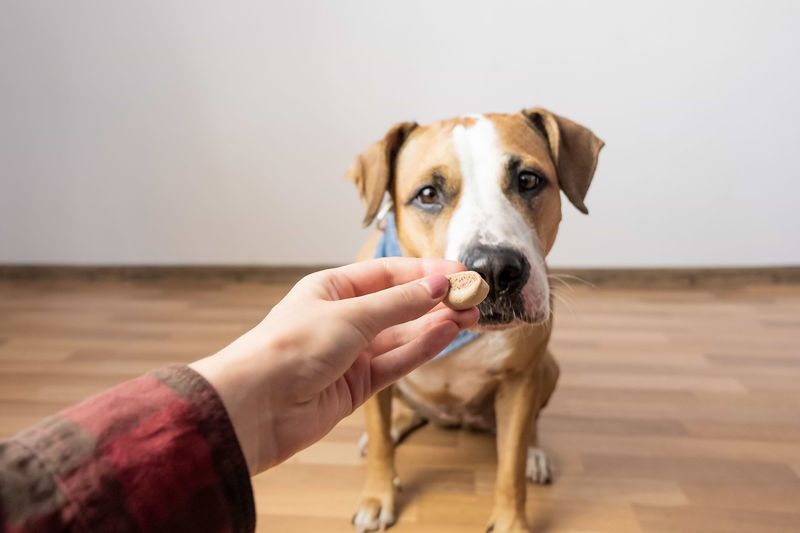
Positive reinforcement is a powerful tool in training your dog. Reward your dog immediately after they pee outside by giving them treats, praise, or their favorite toy.
This association helps them learn that outdoor urination is desirable. Consistency is key; ensure everyone involved in the training process uses the same reward system.
This method not only encourages good behavior but strengthens your bond with your pet. Avoid punishment for indoor accidents, as this can create anxiety and confusion. Focus instead on celebrating successes, making the learning process enjoyable and effective for your dog.
3. Limit Indoor Water Access
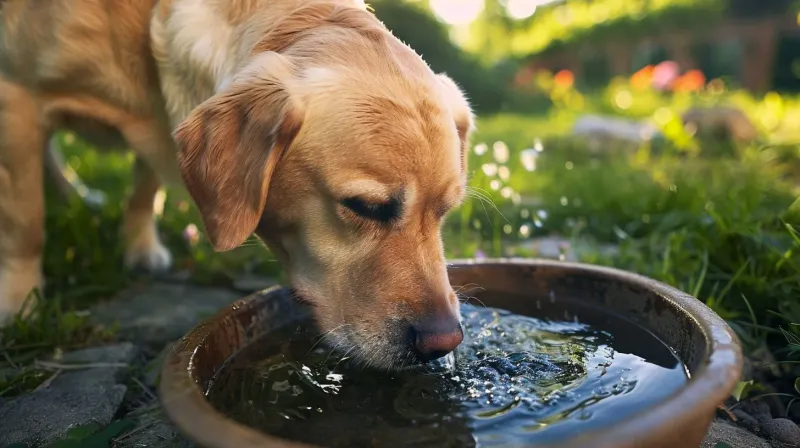
Regulating your dog’s water intake can influence their need to urinate. Monitor their water consumption, especially in the evening, to prevent nighttime accidents.
Provide water during meals and outdoor activities to ensure they stay hydrated. Be cautious not to restrict water excessively, as this can harm their health.
By controlling when and how much your dog drinks, you can better predict their bathroom needs. This strategy aids in maintaining a pee-free indoor environment while ensuring your dog’s well-being.
4. Crate Training
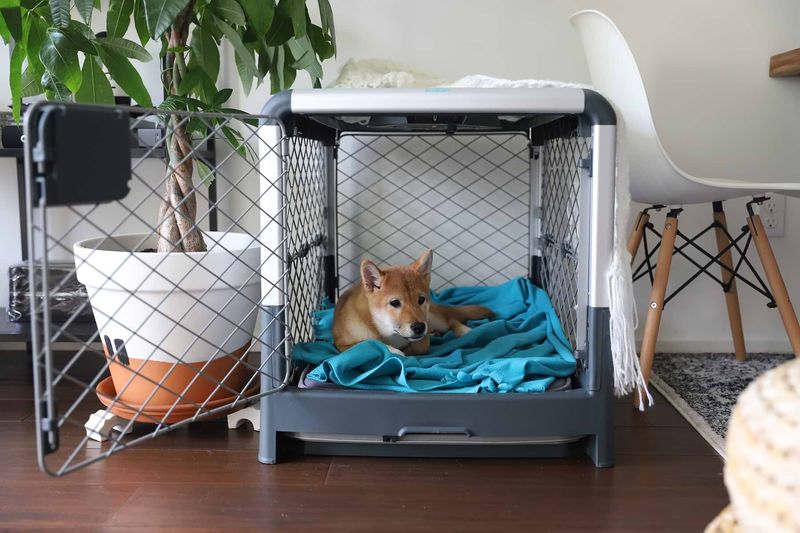
Crate training is an effective method to prevent indoor urination. Dogs naturally avoid soiling their sleeping areas, making crates a practical tool.
Introduce the crate as a comfortable, positive space with soft bedding and toys. Gradually increase crate time, ensuring it’s never used as punishment.
This technique helps in house-training by teaching your dog to hold their bladder. It also provides a safe space for them when unsupervised, reducing the chances of indoor accidents.
5. Schedule Regular Potty Breaks
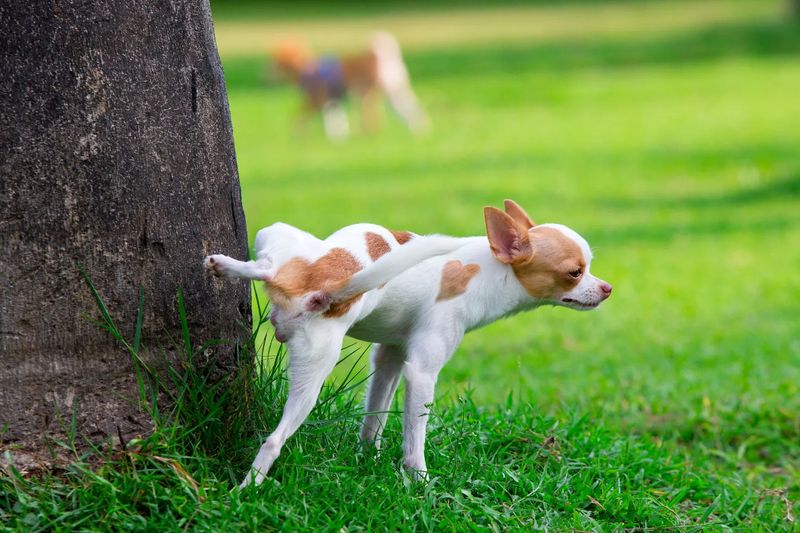
Frequent potty breaks are essential, especially for puppies and older dogs. Take your dog outside after meals, naps, and playtime to reinforce proper bathroom habits.
Watch for signs that your dog needs to go, such as barking or agitation. Providing timely opportunities to relieve themselves prevents accidents.
Consistent potty breaks also help in reinforcing outdoor urination as an expected habit. This practice is crucial in maintaining a clean home and a disciplined pet.
6. Use Enzyme Cleaners
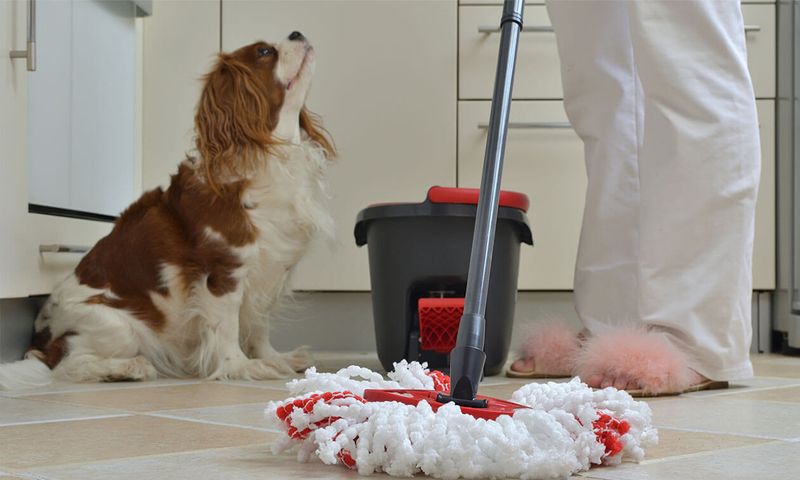
Accidents happen, but thorough cleaning can prevent them from recurring. Enzyme cleaners break down urine molecules, removing odors that lure dogs back to the same spot.
Apply the cleaner generously, allowing it to penetrate the affected areas. This ensures complete odor elimination, reducing the chances of repeat offenses.
Using enzyme cleaners is a proactive way to keep your home fresh and discourage indoor peeing. It’s an essential tool in any dog owner’s cleaning arsenal.
7. Observe Behavioral Changes
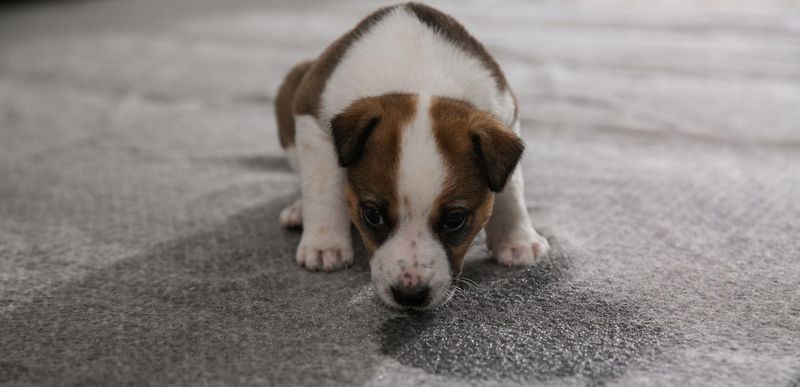
Sudden changes in urination habits may indicate health issues. Monitor your dog’s behavior for signs of discomfort or distress.
Consult a veterinarian if you notice frequent accidents or unusual urination patterns. Early diagnosis can address potential medical problems affecting their urinary control. By staying vigilant, you can swiftly tackle any underlying issues, ensuring your dog’s health and reducing indoor accidents.
8. Limit Access To Certain Areas
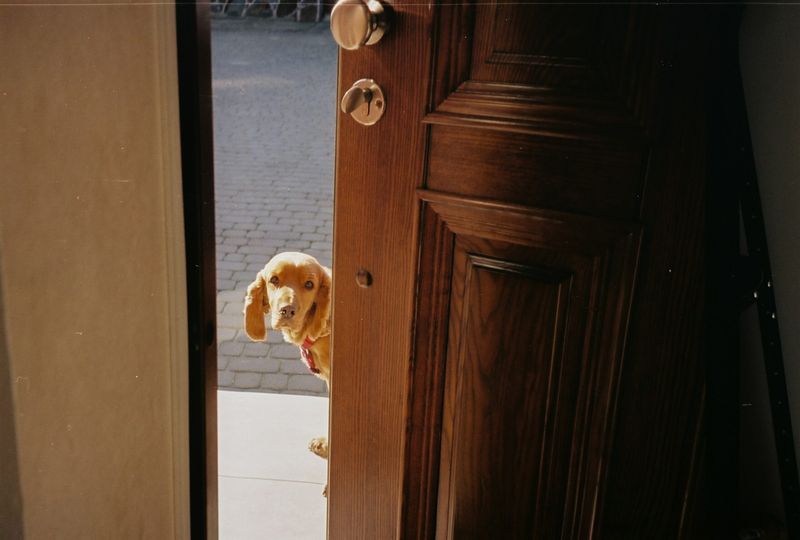
Restricting your dog’s access to specific areas can minimize indoor accidents. Use baby gates or close doors to keep them out of rooms where they’re prone to pee.
Encouraging your dog to stay in supervised areas allows you to catch them before an accident happens. This strategy aids in reinforcing house-training efforts.
Limiting access not only protects specific areas but also helps your dog learn appropriate bathroom habits through consistent oversight.
9. Monitor Their Diet
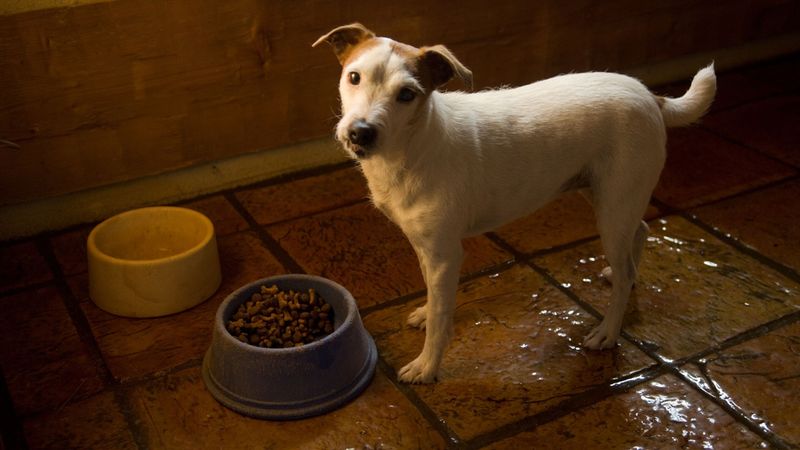
Your dog’s diet can impact their bathroom habits. Ensure they have a balanced diet that promotes healthy digestion and urination.
Avoid foods high in salt and additives, which can increase thirst and urination frequency. Consult your vet for dietary recommendations suited to your dog’s needs. A well-monitored diet contributes to regular bowel movements and urination patterns, aiding in maintaining indoor cleanliness.
10. Create A Designated Pee Area
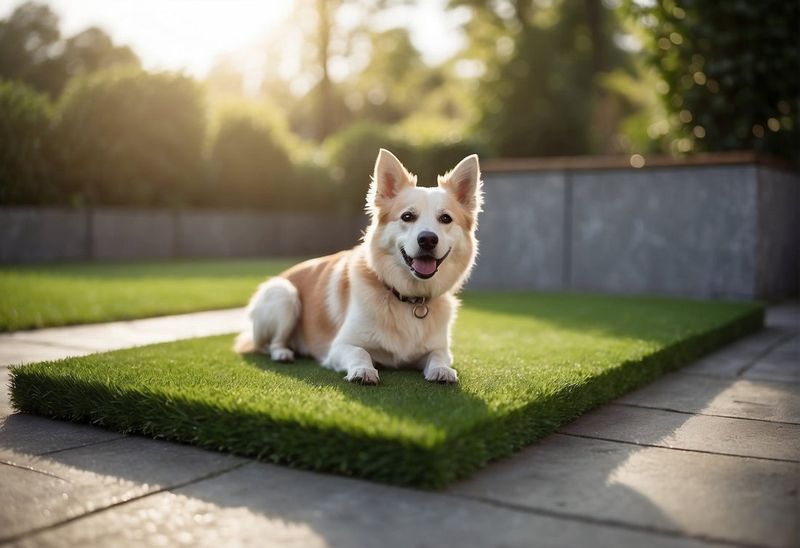
Designating a specific area for your dog to pee can help establish a routine. Choose a spot in your yard that is easily accessible and consistently used. Lead your dog to this area during potty breaks, reinforcing it as the preferred spot. Over time, your dog will associate this location with bathroom activities. This method helps concentrate bathroom efforts outdoors, reducing the urge to urinate inside. It provides a clear, consistent cue for where your pet should relieve themselves.
11. Offer Plenty Of Exercise
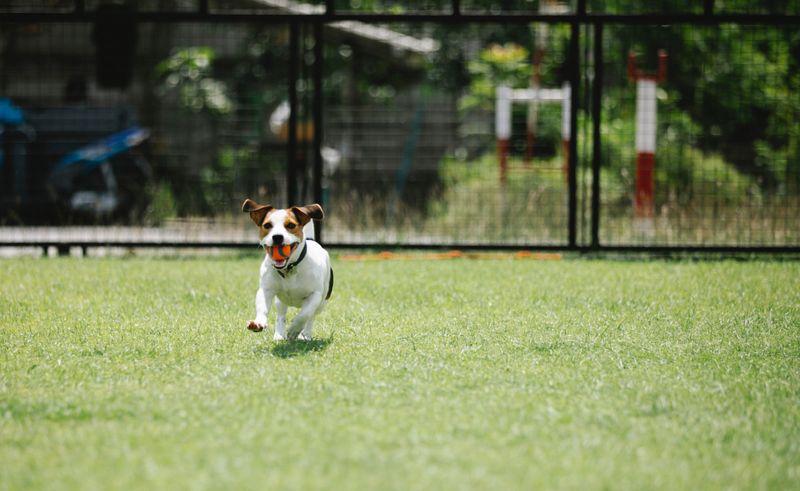
Exercise is crucial for your dog’s physical and mental health. A well-exercised dog is less likely to have the energy for unwanted behaviors like indoor urination.
Incorporate daily walks, play sessions, and mental stimulation to keep your dog engaged. This routine helps regulate their bathroom needs and reduces stress-induced accidents.
By offering ample exercise, you contribute to a well-balanced lifestyle that supports good bathroom habits and overall well-being.
12. Use Puppy Pads During Training
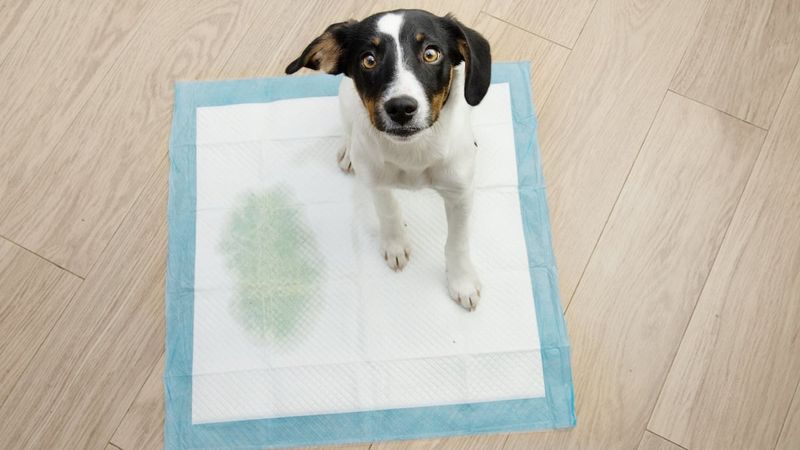
Puppy pads are a useful tool during the training phase. Place them in areas where accidents are likely, encouraging your dog to use them instead of the floor. Gradually move the pads closer to the door, guiding your dog to transition outside.
This step-by-step approach helps in teaching them to hold their bladder until they reach the designated area. Using puppy pads bridges the gap between indoor training and outdoor success, making the process smoother for both you and your pet.
13. Maintain A Calm Environment
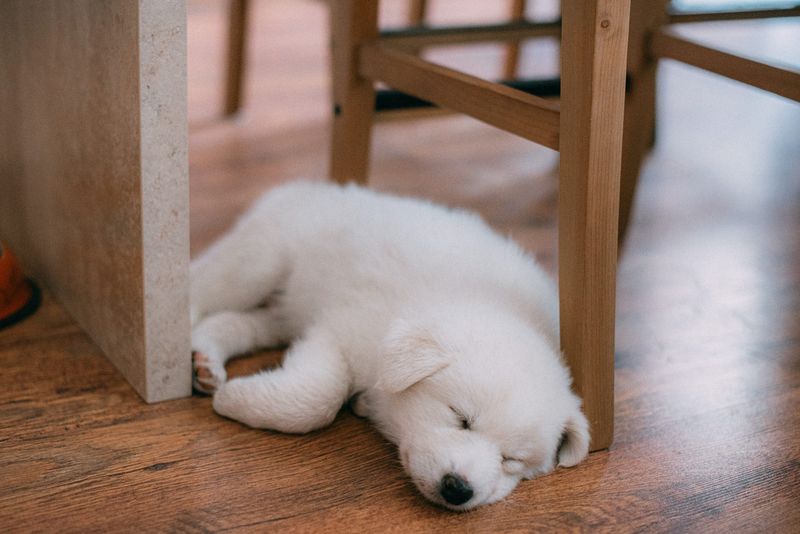
A calm, stress-free environment can influence your dog’s urination habits. Anxiety or excitement may lead to accidents indoors.
Minimize loud noises and sudden changes in your household. Provide a comfortable spot where your dog can relax without disturbances. By maintaining tranquility, you help your dog feel secure, reducing stress-related urination incidents and promoting a peaceful home.
14. Train Basic Commands
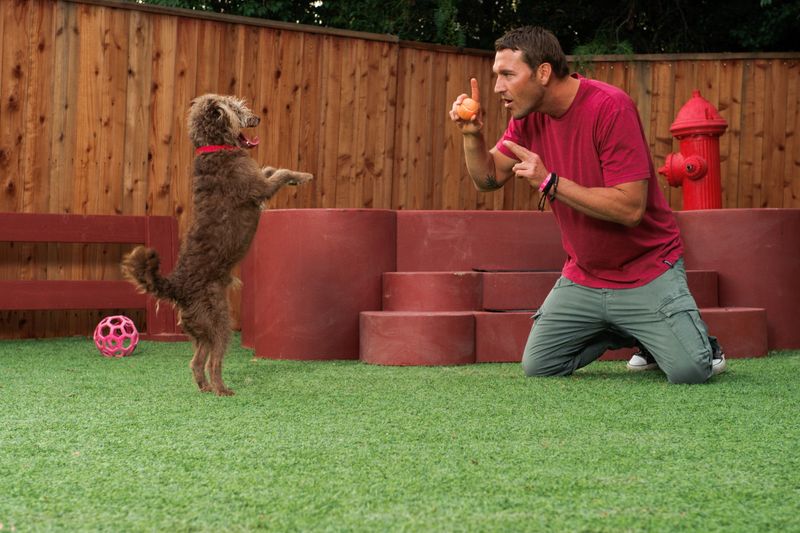
Training your dog in basic commands like ‘sit’ and ‘stay’ enhances their discipline and obedience. This foundation is instrumental in preventing unwanted behaviors like indoor peeing.
Use positive reinforcement methods to teach these commands, ensuring your dog associates them with positive outcomes.
Regular practice strengthens their response to cues. Well-trained dogs are more likely to follow house rules, including designated bathroom habits. This preparation contributes to a harmonious living environment.
15. Consult A Professional Trainer
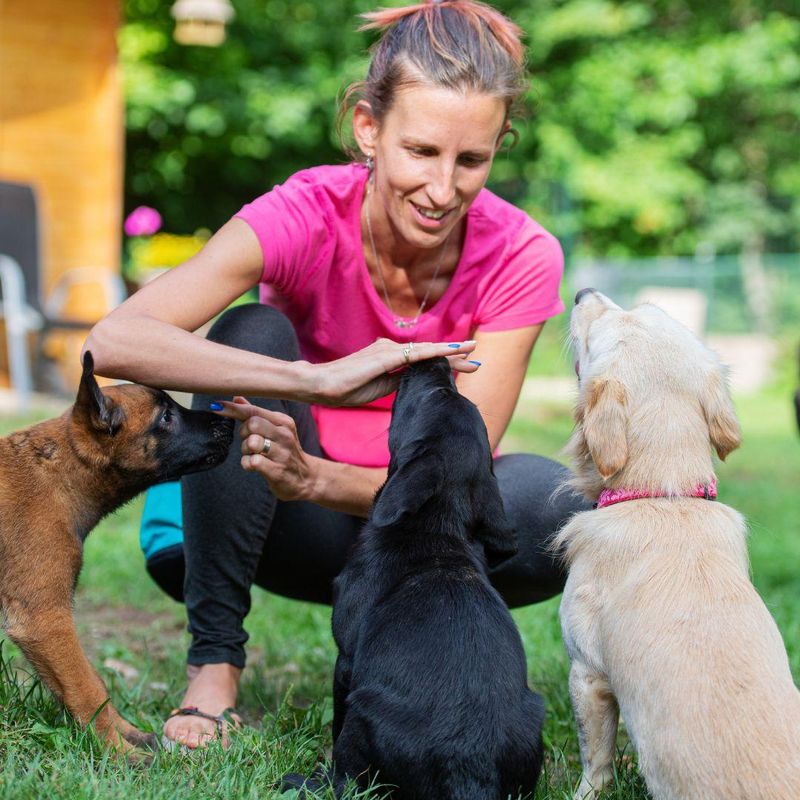
If indoor urination persists, consulting a professional trainer may be beneficial. Their expertise can identify behavioral issues and provide tailored solutions.
Trainers offer valuable insights into effective training techniques, addressing specific challenges your dog may face. They can guide you in implementing strategies that work best for your situation.
Professional guidance equips you with the tools to manage and rectify bathroom behaviors, fostering a disciplined and well-trained pet.
16. Recognize Health Issues
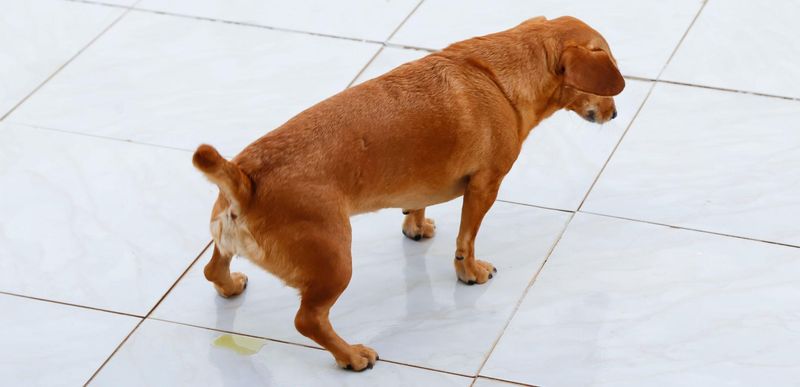
Recognizing the signs of potential health issues is crucial. Conditions like urinary tract infections can cause frequent urination indoors.
Regular veterinary check-ups ensure your dog’s health is monitored and any concerns addressed promptly. Early intervention can prevent health-related indoor accidents. Awareness of your dog’s health status supports their overall well-being and aids in maintaining a clean living space.
17. Be Patient And Consistent
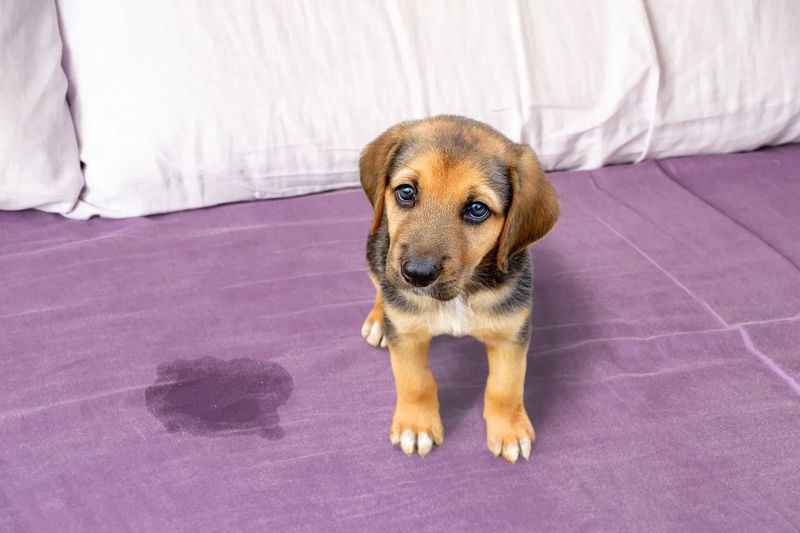
Patience and consistency are key in preventing indoor urination. Training takes time, and setbacks may occur, but perseverance is crucial.
Maintain a steady training routine, reinforcing positive behaviors while patiently addressing accidents. Celebrate progress, no matter how small, to keep both you and your dog motivated.
By being patient and consistent, you create a supportive environment that encourages successful house-training, leading to a happy and harmonious household.

